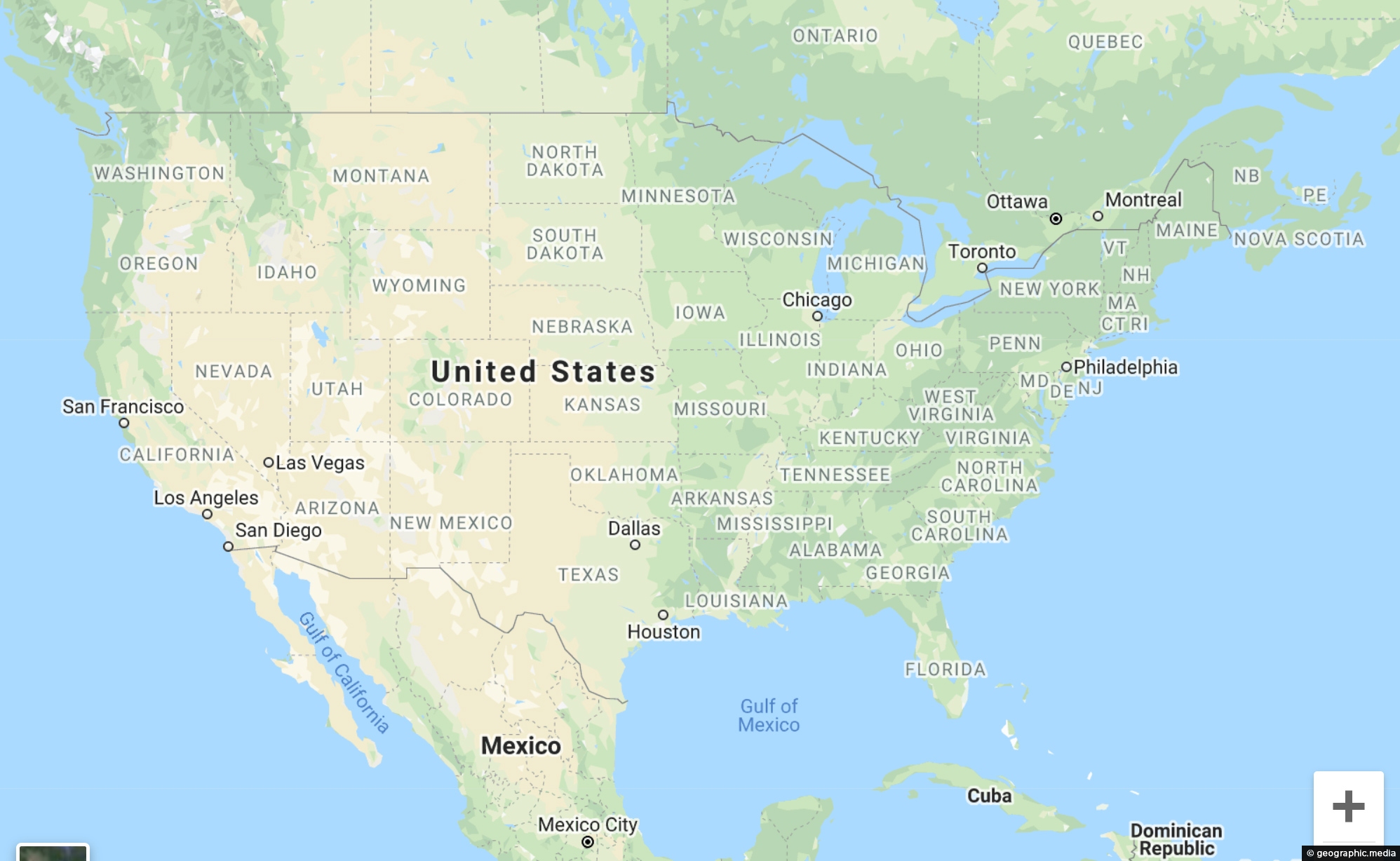
Tracing Ancient Whispers: An Unforgettable Journey on Alaska’s Indigenous Hunting Trails
Forget the manicured paths and well-worn tourist routes. To truly understand Alaska, to feel the pulse of its ancient heart, one must look beyond the superficial and delve into the legacy etched deeply into its vast, untamed wilderness: the indigenous hunting trails. These aren’t just lines on a map; they are arteries of survival, conduits of culture, and living testaments to millennia of human ingenuity and profound connection to the land. For the discerning traveler seeking an experience that transcends mere sightseeing, engaging with the maps and the spirit of Alaska’s indigenous hunting trails offers an unparalleled journey into the soul of the Last Frontier.
My exploration into this topic began not with a physical trek, but with an immersion into the cartographic heritage that preserves these invaluable routes. What quickly became apparent is that these maps, whether contemporary GPS overlays or historical sketches passed down through generations, represent a sophisticated knowledge system. They document not just topography, but also seasonal resource availability, safe passages through treacherous terrain, critical landmarks, and the spiritual significance of specific sites. To review "Maps of indigenous Alaska hunting trails" is to review a profound body of ancestral wisdom, a guidebook to a way of life intrinsically tied to the land and its rhythms.
The history embedded within these trails is staggering. For thousands of years, Alaska’s diverse indigenous peoples – from the coastal Inupiat and Yup’ik to the interior Athabascan groups – navigated this formidable landscape, developing intricate networks of trails for hunting caribou, moose, bear, and marine mammals, as well as for trapping, fishing, gathering, and trade. These were not recreational paths; they were vital lifelines, meticulously planned and maintained, often following migratory patterns of game or strategic points for ambushes. Each bend, each rise, each river crossing holds a story of resilience, adaptation, and intimate ecological understanding. Engaging with these maps is an immediate gateway to understanding the sheer scale of human endeavor in one of the world’s harshest environments.

What these maps truly offer the modern adventurer is an authentic lens through which to experience Alaska. Unlike a guided tour that merely points out sights, a journey (even a conceptual one) along these historic trails demands a deeper engagement. It’s an invitation to step into the footsteps of ancestors, to see the landscape through their eyes, and to appreciate the intricate relationship between humanity and nature. The "review" of these trails, therefore, is not about the quality of the pavement or the comfort of the amenities, but about the profound quality of the experience they unlock.
Authenticity and Connection: The Unrivaled Value
The primary draw of indigenous Alaskan hunting trails is their unparalleled authenticity. In an era of curated experiences, these routes offer a raw, unfiltered connection to Alaska’s past and present. When you consider a path used by Inupiat hunters for generations to intercept caribou migrations across the tundra, you’re not just looking at a geographical feature; you’re witnessing the continuity of culture, the enduring power of traditional knowledge, and the profound respect for the animals that sustained communities. This isn’t a museum exhibit; it’s a living heritage.
For the traveler, this translates into an opportunity for genuine cultural immersion. Many contemporary expeditions that utilize or are inspired by these ancient trails work directly with indigenous communities and guides. This collaboration is crucial, as it ensures that the experience is respectful, culturally appropriate, and deeply informative. Learning from a local guide, whose ancestors have traversed these very paths for millennia, transforms a simple hike into a masterclass in survival, ethnobotany, wildlife tracking, and oral history. It’s a privilege to hear the legends and practical wisdom that are intrinsically linked to the land you are traversing.

Adventure and Challenge: Beyond the Ordinary Trek
While the intellectual and cultural rewards are immense, the physical adventure these trails represent is equally compelling. Alaska’s indigenous hunting trails, by their very nature, traverse some of the most rugged and remote terrain on Earth. Whether it’s the vast, treeless expanse of the Arctic Slope, the dense boreal forests of the interior, or the challenging coastal ranges, these routes demand respect, preparation, and a spirit of true adventure.
For the experienced backpacker, kayaker, or backcountry enthusiast, these trails offer the ultimate challenge. They are not maintained paths with regular markers; they are often faint traces, visible only to the trained eye, or conceptual routes guided by natural features. Undertaking an expedition along such a route – even a segment of one – requires serious planning: navigation skills, wilderness survival knowledge, appropriate gear for extreme weather, and an understanding of bear safety. The reward, however, is an unrivaled sense of accomplishment and an intimate understanding of true wilderness. Imagine crossing a pass known to Athabascan hunters for thousands of years, feeling the same wind on your face, seeing the same expansive vistas. It’s a deeply visceral experience that reshapes your perspective on the world and your own capabilities.
Educational and Spiritual Resonance: A Deeper Understanding

Beyond adventure, the educational value of engaging with these trails is immense. You learn about traditional hunting methods – the ingenuity of snares, the precision of bows, the cooperative strategies for large game. You gain insight into the sustainable practices that allowed these cultures to thrive for millennia without depleting resources. You learn to identify edible plants, understand animal behavior, and read the subtle signs of the environment. This isn’t just academic knowledge; it’s practical wisdom that fosters a greater appreciation for ecological balance and human ingenuity.
Moreover, there’s a profound spiritual and emotional resonance. Walking a path where generations have sought sustenance, where ceremonies were performed, and where the land itself is imbued with sacred meaning, evokes a powerful sense of connection to something ancient and enduring. The quiet solitude of the Alaskan wilderness, broken only by the cry of a raven or the rustle of the tundra, allows for introspection and a deep communion with nature. It’s an experience that often leaves participants feeling humbled, renewed, and with a significantly expanded worldview.
Practicalities and Ethical Considerations for the Traveler
For those inspired to explore this unique facet of Alaskan travel, practical and ethical considerations are paramount. First and foremost, respect for indigenous land, culture, and traditions is non-negotiable. This means seeking permission where necessary, supporting local communities, and adhering to Leave No Trace principles rigorously. Many indigenous communities are increasingly engaging in cultural tourism, offering guided trips that directly benefit their people and help preserve their heritage. This is the most recommended avenue for experience.
Accessing these trails often requires working with specialized outfitters or directly with indigenous guides. Organizations like the Alaska Native Heritage Center or regional native corporations can be excellent starting points for information and connections. It’s not about finding a "trailhead" on Google Maps; it’s about understanding the cultural context and seeking appropriate guidance.
Preparation is also key. Alaska’s wilderness is beautiful but unforgiving. Depending on the season and location, you’ll need gear for extreme cold, intense sun, prolific insects, and unpredictable weather. Physical fitness is essential, as is a robust understanding of backcountry safety and emergency procedures. Wildlife encounters, particularly with bears, are a distinct possibility, and travelers must be prepared with appropriate deterrents and knowledge.

Beyond Hunting: Routes of Life
While the term "hunting trails" emphasizes their primary historical purpose, it’s crucial to understand that these routes were also much more. They were avenues for trade, connecting distant communities and facilitating the exchange of goods, ideas, and kinship. They were routes for spiritual journeys, for vision quests, and for gathering medicinal plants. They were pathways of communication, where news and stories traveled across vast distances. In essence, they were the circulatory system of ancient Alaskan societies, enabling life, culture, and community to flourish in a challenging environment.
These maps and trails serve as a powerful reminder that human habitation in Alaska is not a recent phenomenon but a deep, enduring legacy. They challenge the romanticized notion of Alaska as purely "pristine wilderness" untouched by human hands, instead revealing a landscape intricately shaped and understood by its original inhabitants. They showcase a form of human engagement that was, and continues to be, one of profound respect and reciprocity.
Conclusion: A Journey into Alaska’s Soul
To review "Maps of indigenous Alaska hunting trails" is to advocate for a transformative travel experience. It is to champion a form of tourism that goes beyond the superficial, offering a genuine connection to one of the world’s most breathtaking and culturally rich regions. It’s an invitation to embark on a journey that is simultaneously an adventure, a history lesson, a cultural immersion, and a spiritual quest.
For the traveler yearning for something truly unique, something that challenges, educates, and inspires, these ancient routes offer an unparalleled opportunity. By engaging with the maps, the land, and, most importantly, the indigenous communities who are their living guardians, one doesn’t just visit Alaska; one steps into its enduring story, tracing the ancient whispers that continue to echo across its magnificent, untamed expanse. It’s not just a trip; it’s an awakening to the deep, resilient spirit of the Last Frontier.
